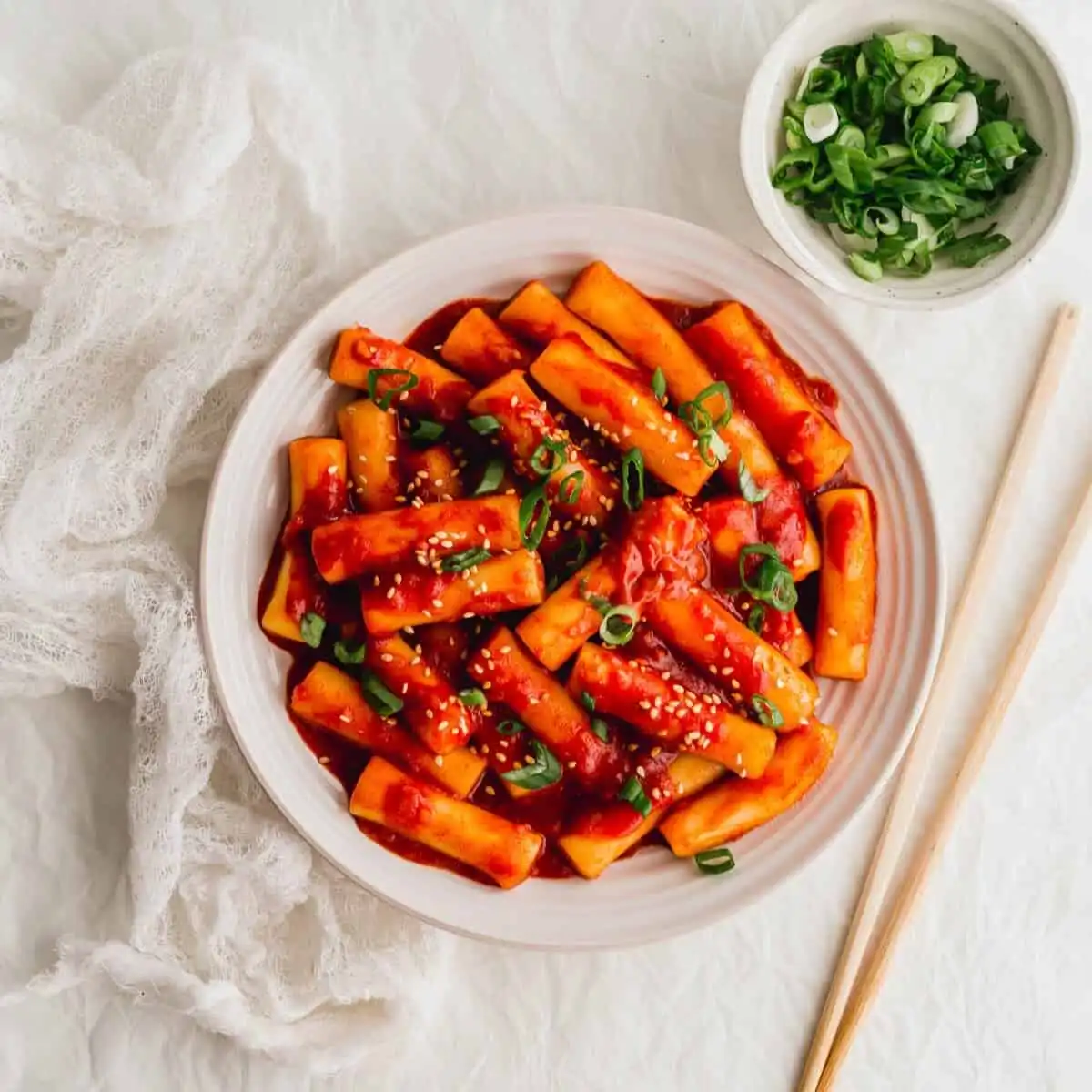South Korean cuisine is renowned for its bold, fiery flavors—and for those with the courage to try them, a vibrant culinary adventure awaits. From sizzling stews to scorching street-food staples, here are seven of the spiciest Korean dishes that test even seasoned spice lovers, along with expert tips on how to savor them safely and comfortably.
1. Buldak (Fire Chicken)
What it is: Buldak is a barbecued chicken dish known as “fire chicken” for its intense heat. Marinated in gochujang, gochugaru, garlic, and other fiery ingredients, it’s often served with rice cakes and melted cheese to balance the spice.¹
Why it’s famously spicy: It emerged in the mid-2000s and quickly gained notoriety for its extreme pungency. It even spawned themed instant noodles, such as Samyang’s “Buldak Ramen,” notorious for its whopping 4,404 Scoville units.²
Tip for enjoying it: Pair it with steamed rice and dairy-based sides like cheese or creamy sauces to moderate the heat. Avoid rapid sipping of water—it won’t cut the capsaicin, but milk or yogurt will.³
2. Budae-Jjigae (Army Base Stew)
What it is: A hearty, spicy stew born from post-war resourcefulness, blending kimchi, gochujang, spam, hot dogs, instant noodles, and cheese.⁴
Spice factor: The gochujang and kimchi deliver a lingering heat, especially when combined with the savory depth of the brothy base.
Tip for enjoying it: Start with smaller spoonfuls, letting the broth cool slightly. Steep meats or noodles briefly in the broth to absorb some depth before tasting.
3. Maeun-Tang (Spicy Fish Stew)
What it is: A steaming, fiery soup made with fresh fish, garlic, chili powder, gochujang, and seasonal vegetables like watercress and zucchini.⁵
Spice factor: The combination of chili paste and powder packed into a seafood broth delivers a sharp, invigorating burn.
Tip for enjoying it: Balance each spoonful with rice or mild banchan (side dishes). Avoid quick gulping; sip slowly and use neutral-flavored sides to reset the palate.
4. Yukgaejang (Spicy Beef Soup)
What it is: A fiery, savory soup featuring shredded beef, bean sprouts, gosari (fernbrake), chili powder, garlic, and Korean chili oil. Traditionally enjoyed for both flavor and health, especially in the summer.⁶
Spice factor: Rich, layered, and deeply spicy—especially when enhanced with chili oil.
Tip for enjoying it: Eat it with plenty of rice, and take breaks between spoonfuls to cool down. Sipping cool, unsweetened yogurt can also effectively calm the burn.
5. Agujjim (Spicy Braised Angler Fish)
What it is: A rich, spicy dish made with blackmouth angler fish, chili powder, doenjang (soybean paste), garlic, and soybean sprouts. It originated in Masan as a way to transform a low-value fish into a savory specialty.⁷
Spice factor: Bold and aromatic, the blend of chili heat and fermented flavors delivers a slow-building burn.
Tip for enjoying it: Let the sauce cool a bit before tasting. Pair with plain steamed rice and refrain from finishing the sauce too quickly—its depth develops over time.
6. Tteokbokki (Spicy Stir-Fried Rice Cakes)
What it is: A beloved street food of chewy rice cakes bathed in a deep-red, gochujang-based sauce, often enhanced with fish cakes and scallions.⁸
Spice factor: The gochujang sauce gives it a fiery kick, though often tempered with sweetness for balance.
Tip for enjoying it: Begin with cooler bites from the edges. Sip creamy drinks like banana milk to soothe the tongue—most convenience stores in Korea stock them specifically for this purpose.⁹
7. Instant “Fire Noodles” (Buldak Ramen)
What it is: Packaged noodles inspired by the buldak dish, with a bold dry sauce that catapulted into global fame via the “Fire Noodle Challenge.” Many variants push spice levels into extreme territory.¹⁰
Spice factor: Ultra-intense—the original scores over 4,400 Scoville units, and “2x Spicy” versions double that.
Tip for enjoying it: Opt for milder flavors like “cheese buldak” versions. Chew slowly, take sips of dairy, and keep a bracing beverage like cold milk nearby.
